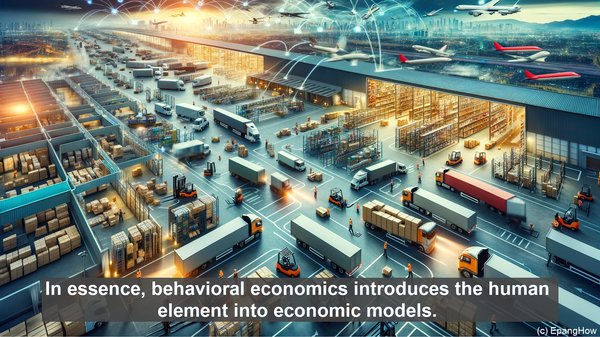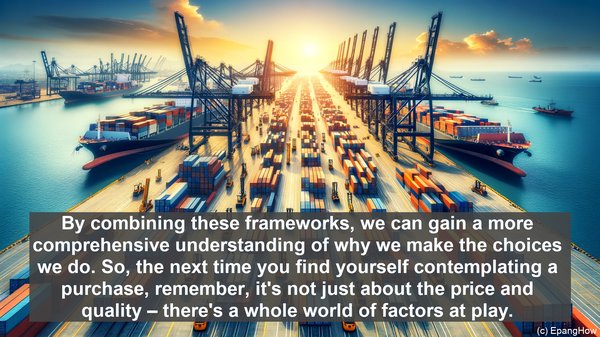Introduction: The Fascinating Realm of Consumer Decision-Making
Hello everyone! Have you ever wondered why you choose one product over another? Or why you’re more likely to make impulsive purchases at certain times? The field of consumer decision-making seeks to answer these questions and more. Today, we’ll be focusing on two prominent frameworks in this domain: consumer choice theory and behavioral economics. While they both aim to explain our choices, they do so from different perspectives. Let’s dive in!
Consumer Choice Theory: The Rational Decision-Maker
Consumer choice theory, also known as the rational choice theory, is a classic economic model. It assumes that individuals are rational decision-makers, always seeking to maximize their utility or satisfaction. According to this theory, when faced with choices, individuals carefully weigh the costs and benefits of each option. They consider factors such as price, quality, and their own preferences, and then make an informed decision. In this framework, the consumer is seen as a logical, self-interested agent.
Behavioral Economics: Unraveling the Human Element
While consumer choice theory provides a neat, logical explanation, it often falls short in capturing the complexities of real-world decision-making. This is where behavioral economics steps in. Rather than assuming perfect rationality, behavioral economics acknowledges that humans are prone to biases, heuristics, and emotions. It recognizes that our decisions are influenced by a myriad of factors, including social norms, past experiences, and even the way choices are presented. In essence, behavioral economics introduces the human element into economic models.

Key Concepts in Behavioral Economics
To better understand the nuances of behavioral economics, let’s explore some key concepts. One such concept is ‘bounded rationality.’ Unlike the all-knowing, fully rational decision-maker in consumer choice theory, bounded rationality suggests that our cognitive abilities are limited. We often rely on shortcuts or heuristics to make decisions, which can lead to biases. For example, the ‘anchoring effect’ describes our tendency to rely too heavily on the first piece of information we receive when making judgments. Another concept is ‘loss aversion,’ which highlights our tendency to strongly prefer avoiding losses over acquiring gains. These concepts, among others, shed light on the deviations from perfect rationality that behavioral economics seeks to understand.
Applications and Implications
The insights from behavioral economics have far-reaching implications. They have been applied in various domains, from marketing and advertising to public policy. For instance, by understanding the factors that influence consumer choices, marketers can design more effective campaigns. In the realm of public policy, behavioral economics has been instrumental in designing ‘nudges’ – subtle changes in the way choices are presented – to encourage certain behaviors. By recognizing the limitations of purely rational models, we can develop strategies that better align with human decision-making.

